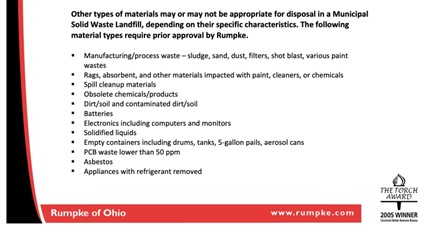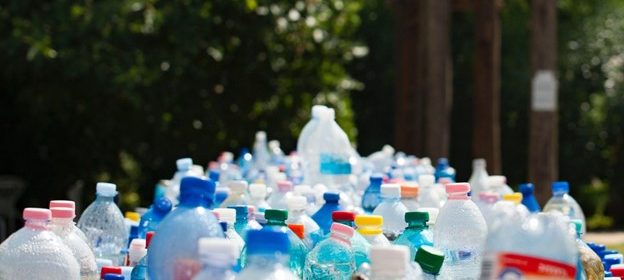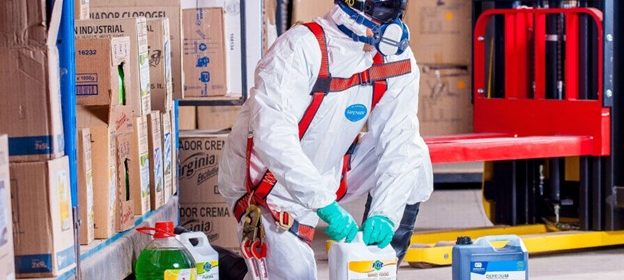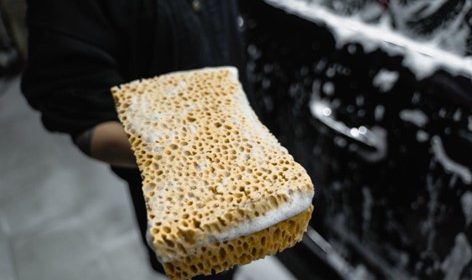Why Do We Celebrate Earth Day?

The modern movement to “save the planet” from increasing temperatures is not a new phenomenon. Groups have taken an interest in the appearance and the well-being of our natural environment for most of human history.
In the modern version of this concern for the source of all life, Earth Day each year involves millions of volunteers planting trees and cleaning streams and roadways throughout the United States.
The first Earth Day was in 1970, even before we had an Environmental Protection Agency. That year, one US Senator was insistent that we needed to take unified steps to improve our environment. Senator Gaylord Nelson invented this day and soon it became a national day of action.
And it also helped lead to the creation of the EPA as we know it today. Along the way it led to cleaner streams, fewer rivers on fire (we’re looking at you, Cleveland), and cleaner air for everyone.
What you can do this Earth Day
As of the time this article is being written, the next Earth Day is Saturday, April 22nd, 2023. That gives you plenty of time to join a group, look for events, or even to plan an event to beautify your own corner of the world. Here are some options:
Clean a creek in your community – working with the local parks board and some volunteers, you can clean a creek in your community. First, check with an expert about what is and isn’t trash, and then learn how you can remove items without causing too much damage to the area.
Do a trash clean-up near your home – again working with the local parks board or a company that owns a frequently-used parcel of land, you can clean the area to make it more presentable. This can involve trash and recycling, or even large items that have been dumped in the area .
Plant trees and native plants in an area – or take out invasive species. Again working with local parks and development board; work with a group of volunteers to help restore native plants to your area. Native plants are attractive and hardy, meaning they will live on long after your work is over.
If the area you are cleaning is large, or very dirty, consider renting a dumpster to contain all that you collected. Some agencies will even weigh the full container to let you know exactly how much trash you gathered in pounds – this can be used to encourage your volunteers for future years.









